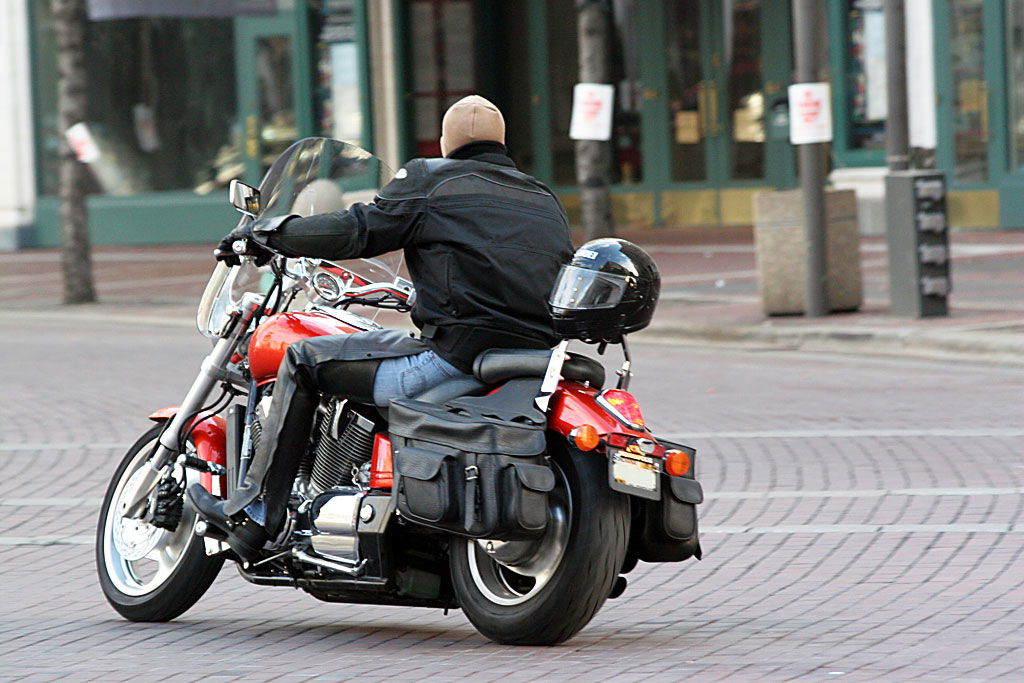EU enforced braking - below 125cc?
EU regulations on ABS may not be as simple as they first appear


LATE last year, we reported that ABS would be compulsory on all new motorcycles over 125cc from 2016 - but it now appears that powered two-wheelers below 125cc WILL be subject to some requirements in this regard.
According to the new legislation, it will be a legal requirement to fit antilock braking systems (ABS) to all motorcycles that have an engine displacement greater than 125cc. From January 1st 2016, this will apply to motorcycles that are granted type approval and, from 2017 onwards, to all newly registered models.
Although ABS will not be explicitly required on motorcycles below 125cc - early draft legislation to this effect was rejected - the EU has got something in mind for 'enchancing safety across all motorcycle classes'.
'Smaller motorised two-wheelers with displacement of 50cc or more' will be required to have either antilock braking systems OR a 'combined braking system' (linking the front and rear brakes mechanically, so that both wheels are always decelerated during braking) - although brake pressure will not be regulated (meaning, theoretically, that wheels can still lock).
The regulation has been ratified by the European Parliament and the EU Council of Ministers, and is therefore officially now in force.
But what do the rules about PTWs below 125cc mean for future learners and small capacity riders? Are combined braking systems really safer?

